- Over 1 million successful rentals
Car Hire Malta
Save time and money. We compare the offers of car rental companies in Malta on your behalf.
- Free cancellation Up to 48 hours prior to the scheduled pick up time
- Best price guarantee Have you found a better price? Let us know and we will make you a better offer.
- 24000+ pick-up locations Locations around the world
Compare Car Hire
Carrentals.co.uk offers simple and straightforward car hire comparison services. We don't add a penny to your quotes!
Car rental offers in Malta
Whether you're looking for a small rental car or a station wagon for the entire family, we will always have a suitable vehicle for the lowest price. Below are some examples from our selection in Malta.
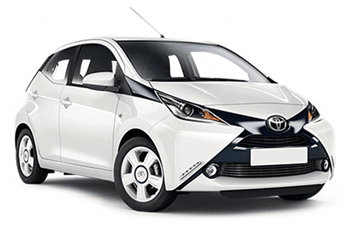
-
Carwiz rent a car From£ 4 /day -
Goldcar From£ 5 /day -
Europcar From£ 10 /day
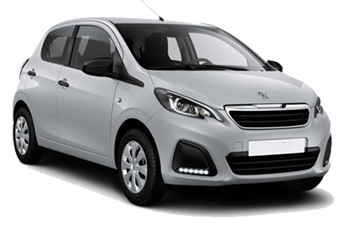
-
Carwiz rent a car From£ 4 /day -
Smart Rent From£ 5 /day -
Goldcar From£ 5 /day

-
Autounion Car Rental From£ 8 /day -
Smart Rent From£ 9 /day -
Budget From£ 11 /day
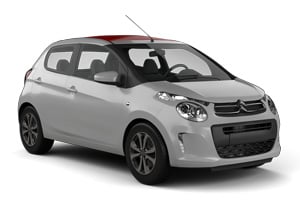
-
addCarRental From£ 5 /day -
Zezgo From£ 6 /day -
First Car From£ 7 /day
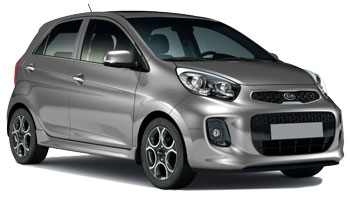
-
addCarRental From£ 5 /day -
Right Cars From£ 9 /day -
Avis From£ 11 /day

-
Autounion Car Rental From£ 8 /day -
addCarRental From£ 10 /day -
First Car From£ 12 /day
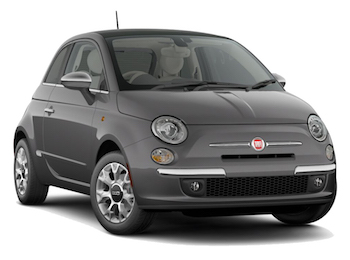
-
Carwiz rent a car From£ 5 /day -
Goldcar From£ 7 /day -
Sicily by Car From£ 8 /day
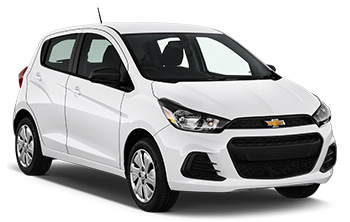
-
Smart Rent From£ 6 /day -
Budget From£ 11 /day

-
Smart Rent From£ 10 /day -
Budget From£ 11 /day
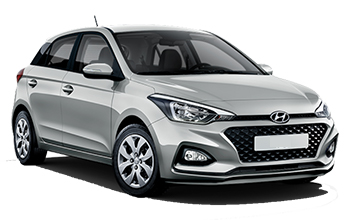
-
Carwiz rent a car From£ 5 /day -
addCarRental From£ 10 /day -
Thrifty From£ 10 /day
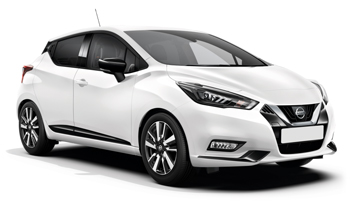
-
Carwiz rent a car From£ 5 /day
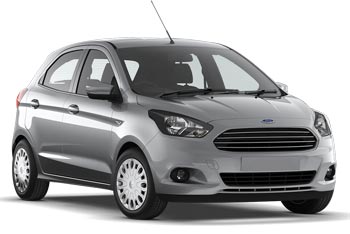
-
Autounion Car Rental From£ 9 /day
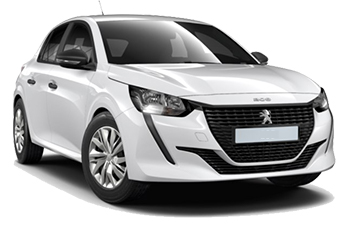
-
Carwiz rent a car From£ 5 /day -
Autounion Car Rental From£ 9 /day -
Zezgo From£ 10 /day
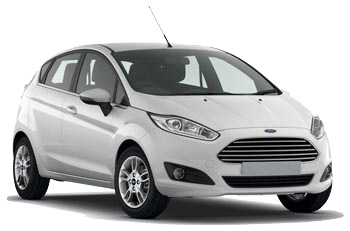
-
Smart Rent From£ 6 /day -
Goldcar From£ 8 /day -
Autounion Car Rental From£ 9 /day

-
Autounion Car Rental From£ 9 /day -
Avis From£ 12 /day -
Alamo From£ 18 /day

-
addCarRental From£ 6 /day
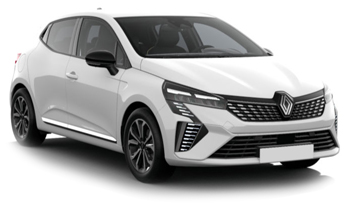
-
addCarRental From£ 7 /day -
Goldcar From£ 7 /day -
Europcar From£ 12 /day
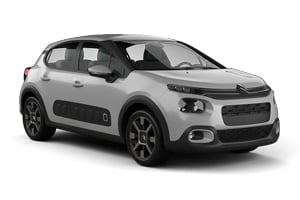
-
Autounion Car Rental From£ 11 /day -
First Car From£ 13 /day -
addCarRental From£ 15 /day
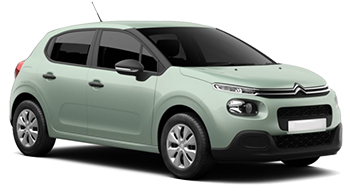
-
addCarRental From£ 6 /day -
Carwiz rent a car From£ 7 /day -
Smart Rent From£ 7 /day
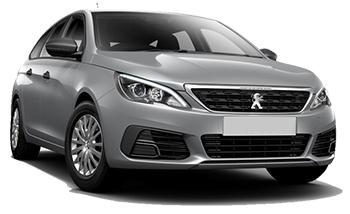
-
Carwiz rent a car From£ 7 /day -
Zezgo From£ 8 /day -
addCarRental From£ 9 /day

-
addCarRental From£ 11 /day -
Smart Rent From£ 12 /day -
Europcar From£ 16 /day
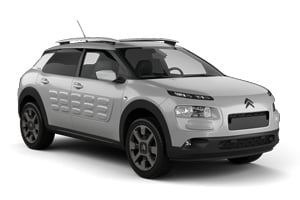
-
addCarRental From£ 10 /day

-
addCarRental From£ 14 /day -
Avis From£ 24 /day -
U-Save Auto Rental From£ 25 /day
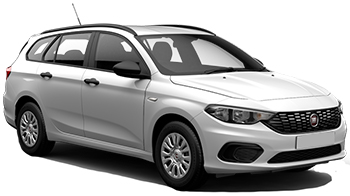
-
Zezgo From£ 11 /day
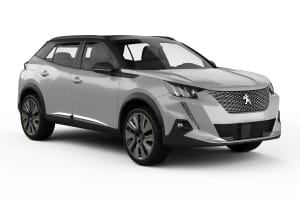
-
Zezgo From£ 12 /day -
Carwiz rent a car From£ 17 /day
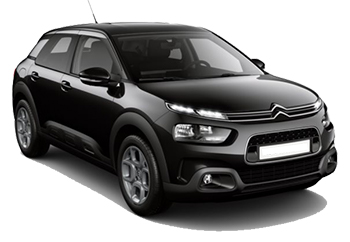
-
addCarRental From£ 15 /day
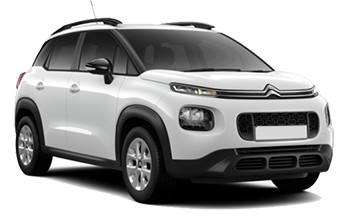
-
Sicily by Car From£ 12 /day -
Autounion Car Rental From£ 13 /day -
First Car From£ 15 /day
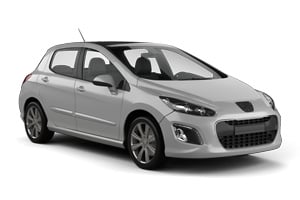
-
Smart Rent From£ 8 /day -
Green Motion From£ 22 /day
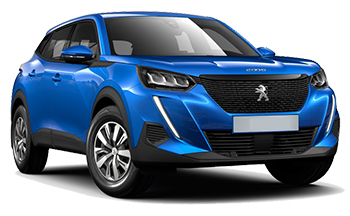
-
Smart Rent From£ 8 /day -
Carwiz rent a car From£ 19 /day -
Sicily by Car From£ 44 /day

-
Smart Rent From£ 11 /day -
Sicily by Car From£ 54 /day
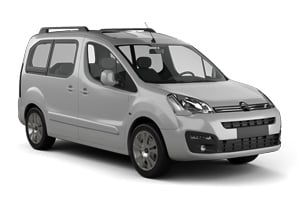
-
Sicily by Car From£ 13 /day -
Carwiz rent a car From£ 33 /day -
Smart Rent From£ 34 /day

-
Smart Rent From£ 14 /day -
Green Motion From£ 26 /day

-
Sicily by Car From£ 13 /day -
Smart Rent From£ 24 /day
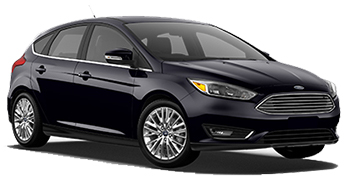
-
Autounion Car Rental From£ 16 /day -
Avis From£ 24 /day -
Smart Rent From£ 24 /day
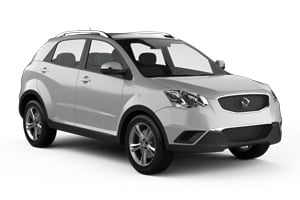
-
Right Cars From£ 14 /day
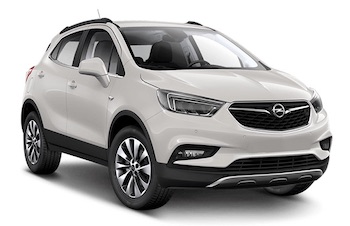
-
Carwiz rent a car From£ 15 /day -
Sixt From£ 50 /day
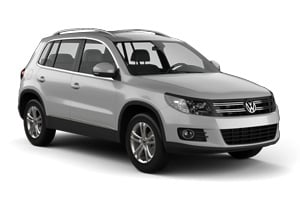
-
Carwiz rent a car From£ 19 /day
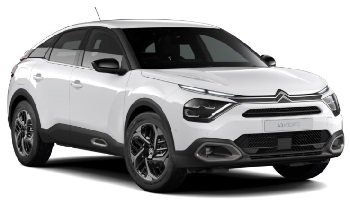
-
Smart Rent From£ 23 /day

-
Smart Rent From£ 27 /day
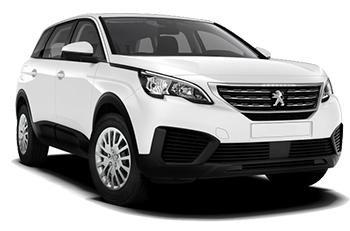
-
Sicily by Car From£ 25 /day
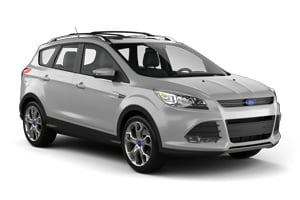
-
Budget From£ 43 /day -
Avis From£ 53 /day

-
Budget From£ 43 /day -
Avis From£ 49 /day
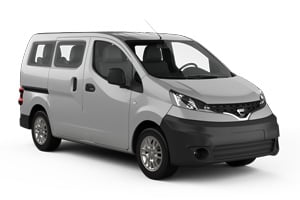
-
Green Motion From£ 47 /day

-
Green Motion From£ 43 /day
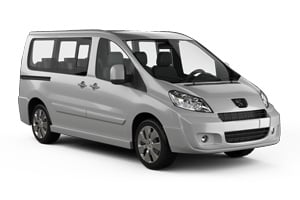
-
U-Save Auto Rental From£ 57 /day -
Green Motion From£ 62 /day
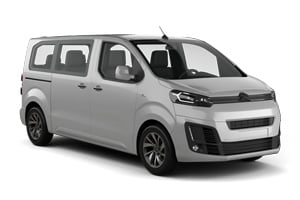
-
addCarRental From£ 32 /day
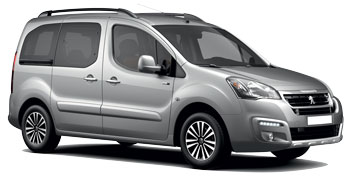
-
Smart Rent From£ 32 /day -
Budget From£ 68 /day
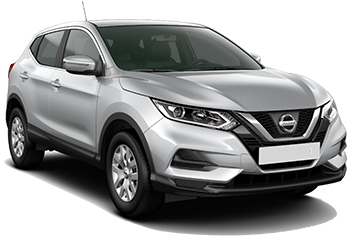
-
Europcar From£ 35 /day -
Autounion Car Rental From£ 37 /day

-
Europcar From£ 34 /day -
Autounion Car Rental From£ 37 /day
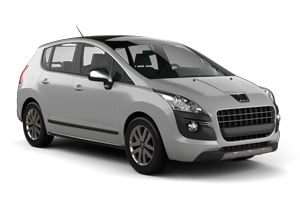
-
Autounion Car Rental From£ 38 /day

-
Autounion Car Rental From£ 37 /day

-
U-Save Auto Rental From£ 37 /day -
Zezgo From£ 39 /day -
Green Motion From£ 43 /day

-
Smart Rent From£ 38 /day -
Budget From£ 68 /day

-
U-Save Auto Rental From£ 44 /day -
Green Motion From£ 48 /day -
Autounion Car Rental From£ 64 /day
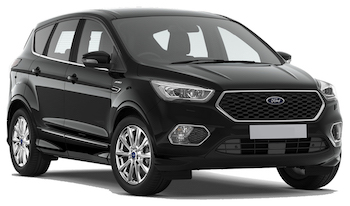
-
Smart Rent From£ 20 /day

-
Smart Rent From£ 24 /day
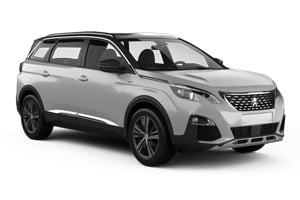
-
Sicily by Car From£ 38 /day
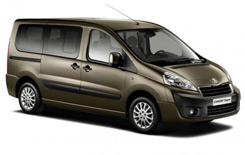
-
Smart Rent From£ 38 /day

-
Smart Rent From£ 44 /day
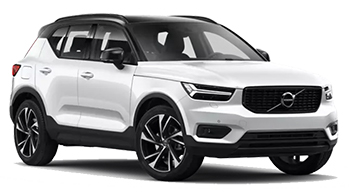
-
Autounion Car Rental From£ 65 /day

-
Autounion Car Rental From£ 69 /day
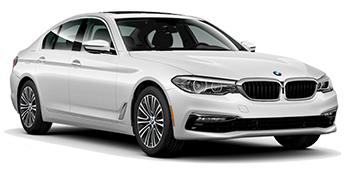
-
Avis From£ 77 /day -
Budget From£ 77 /day

-
Budget From£ 82 /day -
Avis From£ 83 /day

-
Zezgo From£ 11 /day

-
Sicily by Car From£ 12 /day -
Carwiz rent a car From£ 13 /day -
Smart Rent From£ 14 /day

-
Smart Rent From£ 19 /day -
Avis From£ 24 /day -
Green Motion From£ 28 /day
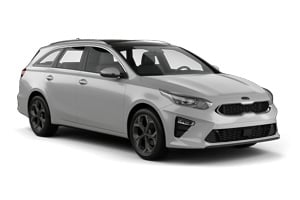
-
addCarRental From£ 17 /day
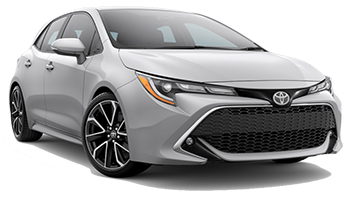
-
Zezgo From£ 19 /day

-
addCarRental From£ 23 /day
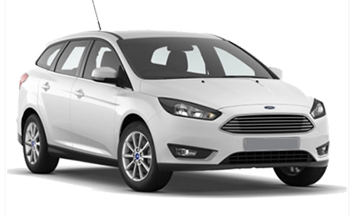
-
First Car From£ 20 /day -
Budget From£ 22 /day -
Autounion Car Rental From£ 34 /day

-
Budget From£ 23 /day -
First Car From£ 26 /day -
Autounion Car Rental From£ 34 /day
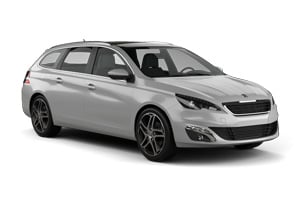
-
Green Motion From£ 34 /day -
Avis From£ 43 /day

-
Smart Rent From£ 38 /day -
Green Motion From£ 59 /day
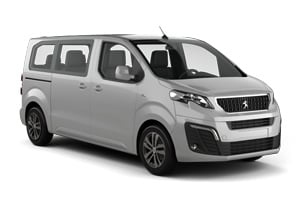
-
Carwiz rent a car From£ 41 /day -
Autounion Car Rental From£ 79 /day -
Sicily by Car From£ 117 /day

-
Smart Rent From£ 44 /day -
Green Motion From£ 63 /day

-
Green Motion From£ 43 /day -
Autounion Car Rental From£ 64 /day

-
Green Motion From£ 47 /day -
Autounion Car Rental From£ 64 /day

-
First Car From£ 75 /day

-
First Car From£ 83 /day
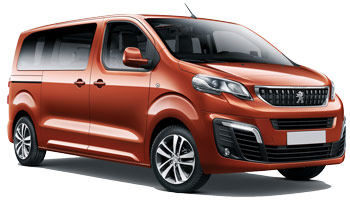
-
Autounion Car Rental From£ 115 /day -
Sicily by Car From£ 135 /day

-
addCarRental From£ 10 /day

-
Smart Rent From£ 10 /day -
U-Save Auto Rental From£ 11 /day -
Green Motion From£ 13 /day
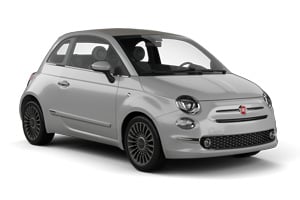
-
Hertz From£ 12 /day

-
Hertz From£ 12 /day -
Zezgo From£ 40 /day

-
Green Motion From£ 16 /day -
U-Save Auto Rental From£ 17 /day -
Budget From£ 40 /day

-
addCarRental From£ 21 /day
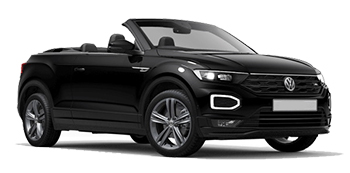
-
Sixt From£ 63 /day

-
Sixt From£ 68 /day

-
Smart Rent From£ 8 /day -
Zezgo From£ 12 /day -
Carwiz rent a car From£ 17 /day

-
Smart Rent From£ 11 /day

-
Sicily by Car From£ 12 /day -
Autounion Car Rental From£ 13 /day -
Sixt From£ 22 /day

-
Right Cars From£ 12 /day
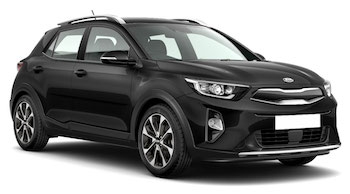
-
Hertz From£ 17 /day -
Sixt From£ 37 /day -
Thrifty From£ 39 /day
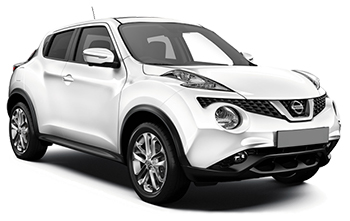
-
Carwiz rent a car From£ 12 /day -
Goldcar From£ 13 /day -
Europcar From£ 16 /day

-
Right Cars From£ 14 /day

-
Autounion Car Rental From£ 18 /day -
Sicily by Car From£ 23 /day -
Sixt From£ 26 /day

-
Carwiz rent a car From£ 15 /day -
Alamo From£ 23 /day -
Enterprise From£ 27 /day
Popular cities in Malta
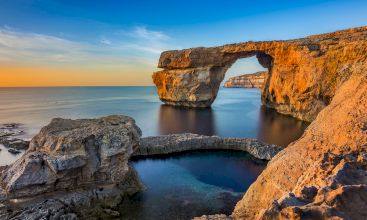

When to book a rental car in Malta
Malta - When is the most affordable time to rent a mini class car?
At this destination (Malta), February is the most affordable time to rent a mini class car with an average daily rate of
Malta - When is the most affordable time to rent a economy class car?
At this destination (Malta), February is the most affordable time to rent a economy class car with an average daily rate of
Malta - When is the most affordable time to rent a compact class car?
At this destination (Malta), March is the most affordable time to rent a compact class car with an average daily rate of
Malta - When is the most affordable time to rent an intermediate class car?
At this destination (Malta), November is the most affordable time to rent a intermediate class car with an average daily rate of
Malta - When is the most affordable time to rent a standard class car?
At this destination (Malta), November is the most affordable time to rent a standard class car with an average daily rate of
Malta - When is the most affordable time to rent a full-size car?
At this destination (Malta), November is the most affordable time to rent a full-size class car with an average daily rate of
Malta - When is the most affordable time to rent a luxury car?
At this destination (Malta), November is the most affordable time to rent a luxury class car with an average daily rate of
Malta - When is the most affordable time to rent a station wagon?
At this destination (Malta), September is the most affordable time to rent a station wagon with an average daily rate of
Malta - When is the most affordable time to rent a SUV?
At this destination (Malta), November is the most affordable time to rent an SUV with an average daily rate of
Malta - When is the most affordable time to rent a MPV?
At this destination (Malta), March is the most affordable time to rent an mpv with an average daily rate of
Malta - When is the most affordable time to rent a minivan?
At this destination (Malta), December is the most affordable time to rent a minibus with an average daily rate of
Malta - When is the most affordable time to rent a convertible?
At this destination (Malta), March is the most affordable time to rent a convertible with an average daily rate of
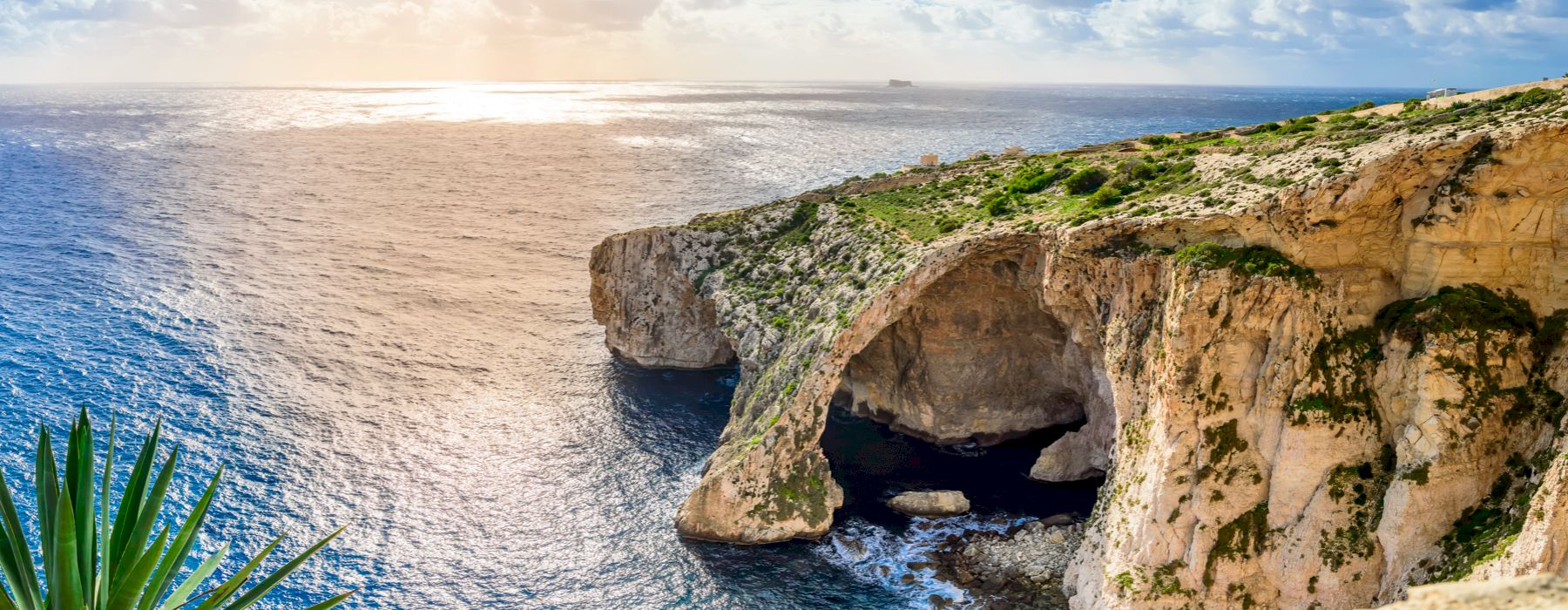
Malta Guide
Malta is best explored by rental car. Carrentals.co.uk has over 28 pick-up locations in Malta. This means there is always a pick-up location close to your destination.
Most popular car hire locations in Malta
Driving
Beautiful sandy beaches, historic buildings, rolling hills and natural reservesâMalta has something to offer everyone and is best explored by car. Self-driving enables visitors to enjoy the breathtaking views from Malta’s highest points, discover the seven caves of the Blue Grotto, relax in fishing villages and soak up the sun on the stunning beaches of the northwest coast.
Driving Tips for Malta
Malta has 1,125 miles of paved roads, making it easy for visitors to whiz around at ease. A car enables visitors to find some of the hidden gems within this archipelago, but drivers should exercise caution as some roads are in a poor state of repair.
Driving licences: any EU driving licence, including UK licences.
Which side does Malta drive on: the left.
Speed limits:
Highways and freeways: 49mph (80kph)
Major roads and small highways: 37-49mph (60-80kph)
Outside built-up areas: 31mph (50kph)
Built-up areas: 15-28mph (24-45kph)
Alcohol limits: lower than the UK limit of 0.08 per cent, at 0.03 per cent. Enforcement is strict, with police confiscating the driving licences of offenders on the spot.
Driving age: 18 years; 23 years for those that wish to hire a car.
Seatbelts: are compulsory for all passengers, in both the front and rear seats. Children under three years must be in an appropriate child restraint. Children less than 1.50 metres must be in a child restraint when in the front seat.
Mobile phones and GPS: using a mobile phone for texting or voice calls is prohibited while driving, even with a hands-free kit. GPS is allowed but not accurate.
Cost of fuel in Malta: slightly cheaper than in the UK.
Car hire and fuel payment: credit cards are accepted at most petrol stations and are needed to hire a car here.
Insurance: the accident rate here is higher than in the UK so those renting a vehicle are advised to take out excess insurance in addition to the basic insurance which is included with car hire.
Traffic and parking: city traffic is rare outside of regular rush hours. Driving in the capital, Valletta, should be avoided due to lack of parking, but elsewhere parking is easy to find though street parking is often limited to one hour. Check the signs before leaving your vehicle or expect it to be towed or even clamped.
Transport
Taxis
Taxis are available but can be expensive. A better option is to take a public bus or hire a car. Still, some visitors prefer this mode of transport for its convenience. Taxis here have metres but drivers are often not willing to use them. Posted taxi rates can be found at the airport, bus stations and boat docks, with rates for airport transfers costing anywhere between £8 and £24 depending on final destination.
Buses
Malta Island proper and Gozo both have bus networks that travel around each island. Buses are a cheap way to get from one point to another. Rates are charged by time travelled as opposed to by destination, with two hours of travel costing around £1.80 and one day of travel just over £2. The Malta bus network is run by Arriva.
Ferries
Ferries arrive at the port in Valletta from Pozzallo and Catania in Sicily, with one-way fares costing around £45. For ferry schedule or to book a ticket, visit Virtu Ferries. Arriving in Malta by ferry can be expensive compared with arriving by low-cost flight. However, to get between the islands, ferry travel is the best option, with a round-trip from Malta to Gozo costing only £3.80. This route is operated by Gozo Channel. Ferries to and from Comino are run by United Comino Ferries, with round trip fares between Gozo and Comino around £8.
Airports
The only airport in Malta is Malta International Airport, which can be found just over three miles southwest of Valletta. Regular flights arrive here from London-Heathrow, London-Gatwick, London-Stansted, London-Luton, Manchester and plenty of other UK airports through Air Malta, EasyJet, Ryanair and Thomas Airways. A return flight during peak season can cost between £260 and £360. There are also seasonal flights available from a number of UK destinations. Scenic Seaplane flights with Harbour Air cost around £70 and last 30 minutes.
Explore
Exploring Malta
After arriving, many travellers head to the ancient Hagar Qim and Mnajdra temples, as they are close to the airport. These magnificent temples date back to around 3,000 BC and are part of the famous Megalithic Temples of Malta.
To the northwest is the ancient fort city of Mdina, also known as the ‘Silent City’. Cars are not allowed to enter the city walls, but visitors can easily walk through the narrow streets of the historic centre while snapping photos of the incredible 12th century St Paul’s Cathedral, the Roman villa and Vilhena Palace.
Valletta, the capital city, is a UNESCO World Heritage site that is home to St. John's Co Cathedral, the final resting place of many knights, and the Palace of the Grand Masters, which is used as the Maltese parliament. Also here are the National Museum of Fine Art and the 16th century Fort St. Elmo.
The small Comino Island is popular among nature lovers and photographers thanks to its stunning Blue Lagoon and amazing scuba diving.
The less visited Gozo Island has plenty to offer visitors, such as the stunning red sandy Ramla il-Ħamra beach, the Azure Window cliffs and the Ä gantija temples, which are part of the amazing Megalithic Temples of Malta.
Our Travel Editor’s Recommended Drives
Dingli Cliffs – these breathtaking cliffs can be found on the west coast of Malta Island. The road from the nearby village of Dingli to the cliffs is narrow so drivers should be extra careful, but the views are well worth the journey.
Medina – this beautiful, historic city is only a 30-minute drive from the capital via the Mriehel Bypass and is considered to be the jewel in Malta’s crown. The drive is nearly as stunning as the city itself.
Southeastern loop – explore the southern tip of Malta Island from the airport by heading to Playmobil Park, which the entire family can enjoy, and then driving easterly along the coast to Xrobb I-Ghagin Nature Park.
Holidays and Festivals
New Year’s Day (1 January)
Feast of St Paul’s Shipwreck (10 February)
Good Friday/Easter (March/April)
Sette Giugno (7 June)
Our Lady of Victories (8 September)
Assumption Day (15 August)
Independence Day (21 September)
Republic Day (13 December)
Immaculate Conception (8 December)
Christmas Day (25 December)
Weather
Malta experiences a Mediterranean climate consisting of wet, cool winters and dry, hot summers. July and August are the hottest months, with temperatures sometimes rising to as high as 39ËC, while January and February are the coolest months and average around 15ËC. December is the wettest month, while July is the driest month and when the beaches are at their busiest.
Practical Stuff
Malta Travel Tips
Malta is part of the EU so it is easy for UK citizens to visit. As it used to be a British colony, it has been a popular visitors spot among Britons for decades. It offers holidaymakers a relaxing place to de-stress and is generally safe. A holiday here can be even more relaxing by following a few travel tips.
Malta contact numbers
Country code - (+356)
Emergency services – 112
Traffic accident emergency – +356 2 132 0202
Irish Embassy – +356 2 133 4744
British High Commission – +356 2 323 0000
Canadian Consulate – +356 2 552 3233
US Embassy – +356 2 561 4147
Australian Consulate – +356 2 133 8201
Money matters
Being part of the Eurozone, Malta uses the Euro, with €1 equal to 100 cents. Pounds sterling are not accepted but can easily be exchanged at the airport, hotels and banks. ATMs are widely available and cards with Maestro, Cirrus and MAC compatibilities can be used here.
Health and safety
There are no vaccinations needed as Malta is safe and has a great health-care system. UK and other EU travellers can acquire emergency health-care services for free or a subsidised rate with a European Health Insurance Card. Use sunscreen to protect against the hot sun and drink plenty of water to stay hydrated.
Fitting in…
Maltese are laid-back, friendly people that offer visitors a true Mediterranean experience. The culture has been influenced by the English, the French and the Italians so travellers from most European countries fit in well here. Visitors should dress conservatively when visiting religious buildings.
Visas for Malta
Malta is a member of the Schengen Agreement so visitors from other signatory nations do not need a visa to enter, nor do citizens of the UK or other EU countries. Still, proper identification is required to enter, such as an EU ID card or passport. Visitors from Canada, Australia and the US can also enter Malta without a visa for up to 90 days with a passport.
Electricity
Malta uses 240 Volts, 50 Hertz, same as the UK, with three-pronged UK plugs. Travellers visiting from countries that use other plugs can easily purchase an adaptor here, although it is best to bring one along just in case.
Business hours
Businesses: 08:30 to 12:45 and 14:30 to 17:30, Monday to Friday
Government offices: 08:30 to 11:30 and 14:00 to 16:00, Monday to Friday
Shops: 09:00 to 19:00, Monday to Friday, 09:00 to 13:00, Saturday
Banks: 08:30 to 12:30, Monday to Friday, 08:30 to 11:30, Saturday
Helpful phrases
Hello – Hello
Baw - Goodbye
L-ghodwa t-tajba – Good morning
Grazzi – Thank-you
Wara nofs inhar it-tajjeb – Good evening
Skuzi - Sorry
Mhux nifhem – I don't understand
Iva/ie – Yes/no
Intlift – I’m lost
Tista tghini? – Can you help me?
Kemm jiswa dan? – How much is this?
Titkellem bl-ingliz? - Do you speak English?
Fejn…? – Where is… ?
Practical information
-
CurrencyEuro
-
Driving directionLeft
-
City speed limit50 km/h
-
Freeway speed limit80 km/h
-
LanguageEnglish, Maltese
-
Popular car categoryMini
What most people want to know
The following questions and answers are a selection of the most popular questions. If you do not find the answer to your question, have a look at the Frequently Asked Questions page or contact us.
- Autounion Car Rental
- Enterprise
- Alamo
- Budget
- First Car
- Sixt
- Europcar
- Hertz
- Avis
- addCarRental
- Green Motion
- FireFly Car Rental
- Smart Rent
- wheego
- Carwiz rent a car
- OK Mobility
- Thrifty
- InterRent
- Abbycar
- Rhodium Car Rental
- Sicily by Car
- Goldcar
- ACE Rent A Car
- SurPrice car rentals
- Street Rent a Car
- Cargini
- U-Save Auto Rental
- Mex Rent a Car
- United rent a car
- NÜ Car Rentals
- Routes
- CarQ
- Exer Rent A Car
- Nextcar
- National Car Rental
- Right Cars
- Zezgo
- Dollar Rent a Car
- OtoQ